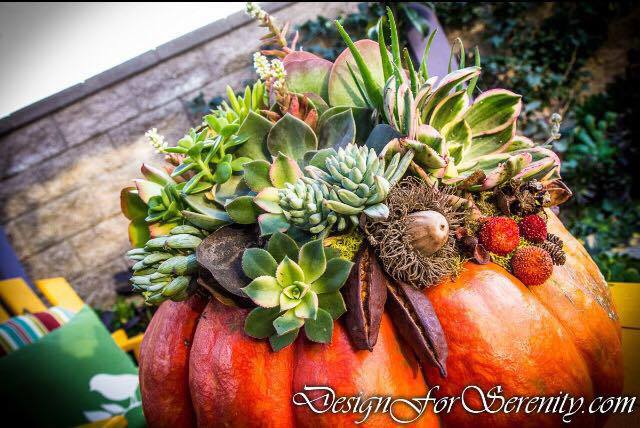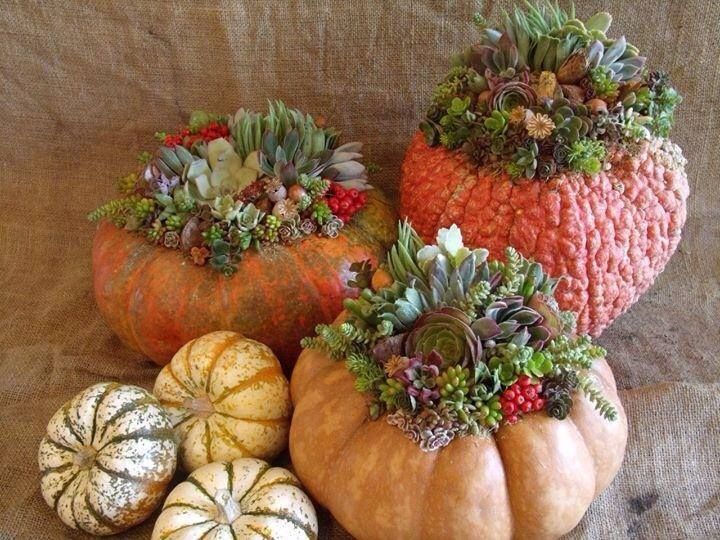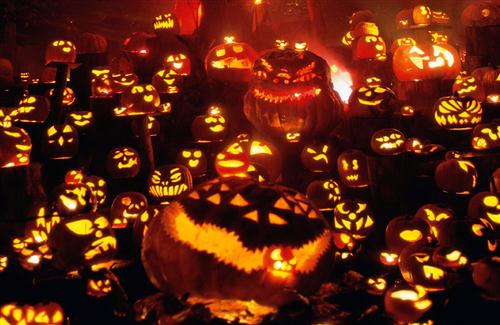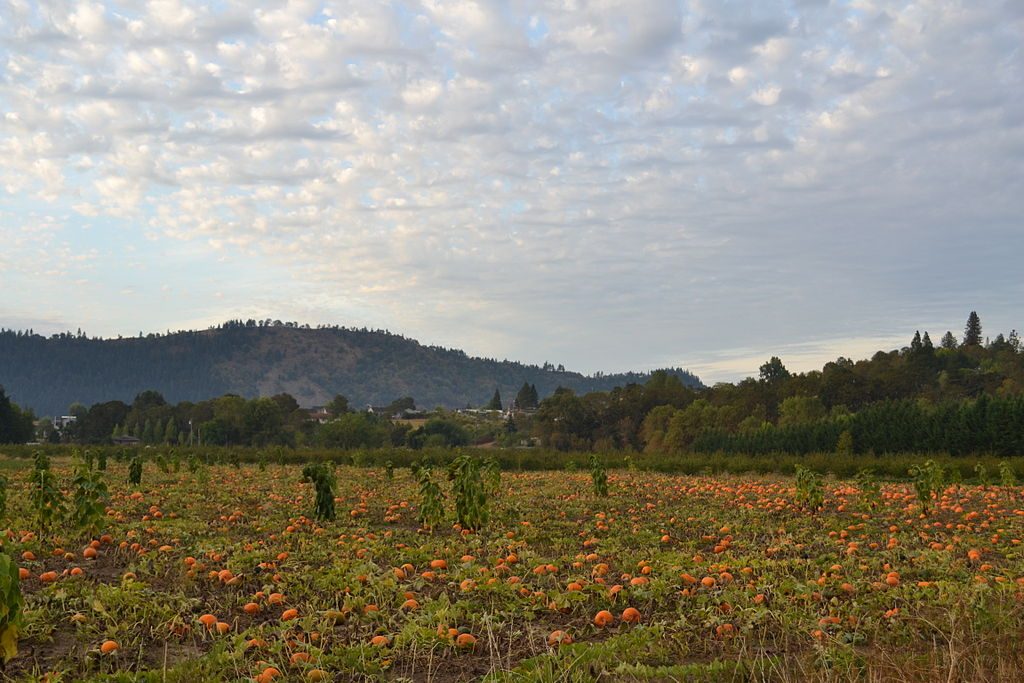Americans really love Halloween. Really, really love it! The National Retail Federation projects total spending this Halloween of $9.1 billion, with 179 million Americans planning to take part in festivities of some kind. For every three dollars spent on a child’s costume, another dollar is spent on a pet’s costume.
Here’s even more proof: Out of the 50 plus blog posts we published in 2016, our blog post about Halloween pumpkins was one of the most popular, especially on the popular sharing website StumbleUpon. We are all about giving our readers what they want, so we will return to one of our favorite topics at this time of year. Orange you glad? See what we did there?
You can’t have Halloween without pumpkins. Good news for those of us in California: We are one of the top five pumpkin producing states. The others are Illinois, Indiana, Ohio, and Pennsylvania. Eighty percent of the total U.S. pumpkin crop is available in the month of October.

I look forward to the amazing creations from Laura Eubanks of Design From Serenity every Halloween. She’s started a trend!
Displaying a pumpkin or carving one into a traditional Jack-O-Lantern is a popular Halloween tradition. Some examples have gotten so extravagant, they are real works of art! We love our friend Laura Eubanks’ modern take at Design For Serenity. She uses pumpkins as a container for her beautiful succulent displays.
Learning how this came about is a lesson in how deeply our modern world remains tied through our traditions to the earth and our relationship with the seasons and nature.
Thank America’s Irish immigrants for Halloween in this country. Ireland celebrates a festival called “ Samhain,” which marks the transition from the summer harvest season to the cool and dark days of fall and winter. Hundreds of years ago, fruits, vegetables, and grains grown during the summer harvest had to sustain the population through the lean months of the winter when very little could grow to feed them. As part of the festival, the Irish wanted to prevent the fairy spirits around them from moving into their homes and farms in the colder weather. Those fairies needed to keep warm in the winter, too! To scare them off, they build huge bonfires.
When more people moved into towns, they didn’t abandon this practice. They just continued on a smaller scale. People used large turnips or gourds as safe, temporary containers, and emptied them out, adding scary looking faces on the outside. They would set a candle inside to create the same image of hellish flames to scare away spirits. Turnip lanterns would line the roads and be put in front of gates for two purposes: to welcome visitors, and to warn any passing fairies to stay away.
When waves of immigrants from Ireland and Scotland arrived in the United States in the mid-1800s, apparently they believed the fairies came with them across the Atlantic, and the harvest festival traditions continued. But turnips and gourds weren’t as easy to come by, so their close cousin the pumpkin was put into service. Pumpkins are native to North and Central America and were unknown in the British Isles.
The very first mention of pumpkins as “jack o’lanterns” is recorded in 1866. The children’s magazine “Harper’s Young People” reported that “a great sacrifice of pumpkins” had been made for that year’s Halloween celebrations. It’s not too far from there to Charlie Brown’s “Great Pumpkin,” is it?
Pumpkin carving grew more and more popular as the years went on. By the 1920s, Halloween had been embraced throughout the United States. Parties and costumes became the norm, and “trick or treating” soon followed in the mid-1930s.
So while we can’t imagine Halloween without pumpkins today, we should note this is all about the relationship of early societies with the land. Their wellbeing was completely dependent on raising and storing enough food to get through the lean months. By the time late October rolled around each year, the shrinking amount of sunlight and the turn to cooler temperatures was a big wakeup call that winter was just around the corner. There was no guarantee everyone would live long enough to see spring.
Reading about scaring off fairies seems a little silly us today, but our ancestors were desperate to survive another winter any way they could. They couldn’t afford to take any threat for granted, even fairies.
We still feel these rhythms of the earth today. People feel depressed during the dark months of winter. Some feel it so deeply they suffer from what we now call Seasonal Affective Disorder, a depression due to lack of light exposure. This is rooted in the ancient threat to survival in our agrarian days. Likewise, we feel a renewed energy in the spring when days grow longer. Hundreds of years ago, this energy allowed people to work long, difficult hours planting and cultivating their crops, so they would produce enough of a harvest to survive the winter months. And so the cycle of nature continues.
We have a lot of fun with pumpkins this time of year. Good Earth Plant Company encourages you to also take a minute to recognize their importance as a symbol of how deeply human beings still relate to nature and still need their dose of nature in our everyday lives.
Every pumpkin has about 500 seeds. They take between 90 and 120 days to grow. The seeds can be roasted to eat, and they are high in iron. Why not spare a few of them and plant some to grow your own for Halloween next year instead? You can save them in a dry, cool place until Memorial Day. Plant them between the last week of May and the middle of June, and you will have your very own homegrown pumpkins to show off for Halloween 2018.
Happy Halloween from Good Earth Plant Company!



